All About Leather Cracks!

Have you ever come across a situation where you were left deliberating and wondering on what and how to take care of leather? This is common with novices and veterans alike. Would you like to learn the basics of what leather is, various types of damages it can come across and how to take care of it?
First off, you need to understand that we are living in the age where everything comes fancy, attractive and luxurious. And the same is the case with the leather products. Our lives are becoming far easier with these luxury leather products. There are different types of leather used for different products. And these products are needed by every person in their day to day life for different purposes.
Leather is quite durable but will show signs of wear eventually. It can be damaged by abrasion, oxidation or biological processes which are not reversible. But it doesn’t necessarily mean the object with leather is not worth repairing unless you cannot clean off the aging layer. With proper attention, most damages to leather goods can be held off for a long period of time or fixed completely.
This article shows you how to take care of your leather goods by giving tips on how to avoid damages and what you need to do if your beloved leather goods suffer from the pangs of time and become damaged.
Why does leather crack?
Have you ever wondered why leather cracks? If your leather boots, bags or jackets are cracked then you couldn’t be blamed for being frustrated. However, before knocking them all down to ‘poor quality workmanship’, have a look at the possibilities.
Cracks in leather are basically tears of the flesh side of the leather. These can happen because of natural causes, UV light, temperature change etc. Leather is animal skin that has been tanned to be used for many years for many uses.
When leather is exposed to a humid atmosphere, the excess moisture vapour in the air settles on the surface and is absorbed into the pores. Whenever leather is exposed in a dry atmosphere, the reverse occurs: moisture from its pores is released into the air, causing the leather to grow drier. This is a normal occurrence that typically poses no issue unless the humidity around the leather is either high or excessively low.
How to avoid leather cracks?
While there is no simple DIY solution for cracked leather, there are methods to avoid it. Whether you possess a leather jacket, leather pants, leather shirt, or any other clothing made entirely of real leather, you need to take specific steps to keep your garments safe from this occurrence.
1. First and foremost, keep an appropriate humidity level in the location where you store your leather. Most individuals are aware of their home's temperature, but few are aware of its humidity level.
2. Another useful technique for preventing leather cracking is to choose high-quality leather. That’s the basic, which you will see me talking further as well. The type of cheap leather is also more prone to breaking.
So, while purchasing low-quality leather items may save you a few dollars, it will eventually cost you more in the long term. This is why it is preferable to spend a little more, especially for high leather goods. If properly cared for, a high-quality leather item will provide many years of enjoyment while decreasing the danger of cracking.
You can prevent leather from cracking by treating it on a regular basis, in addition to keeping a suitable humidity level and selecting high-quality leather. Why is this required?
Even when properly cared for, leather can get dry. It is unlikely to break if stored in a climate-controlled setting, but a dehydration can render it prone to cracking. This is why it's important to condition your leather on a regular basis. You can keep your leather wet and supple by using a leather conditioning solution which keeps it from breaking.
How to fix Leather Cracks?

Well, if the leather got cracked, the next question is how to fix it? Here’s what you have been patiently waiting for!
It is critical to clean and condition leather items at least twice a year. This eliminates any filth and oil that may still be on the surface of your handbag or jacket and keeps it from seeping in.
A frequent washing with soap and leather conditioner keeps the top of the leather clean and supple. Because leather products are often worn, it is even more necessary to give special attention to these regions.
Let's face it, we adore leather products and carry them practically wherever we go!
1. After cleaning, any major fractures can be sealed with leather glue to avoid further cracking. Apply as directed, being sure to brush away any extra glue that seeps out.
2. Saddle soap, often known as pure glycerin soap, is the ideal solution for cleaning leather. This soap has no harsh ingredients that may harm the leather. Apply saddle soap and brush clean the surface with a clean, soft shoe polishing brush.
3. Apply leather balm to cracked areas with a gentle sponge.
4. Leather Conditioner, as previously said, is the most efficient technique to repair leather. It nurtures, polishes, and preserves the leather while prolonging its life.
5. To keep your leather furniture looking nice, use it as a daily cleaning routine. It should be noted that this product has the potential to discolour light-colored leathers. Use a wet towel to apply.
There it is, you can say Hakuna-Matata!
Checkout our durable leather bag collection.

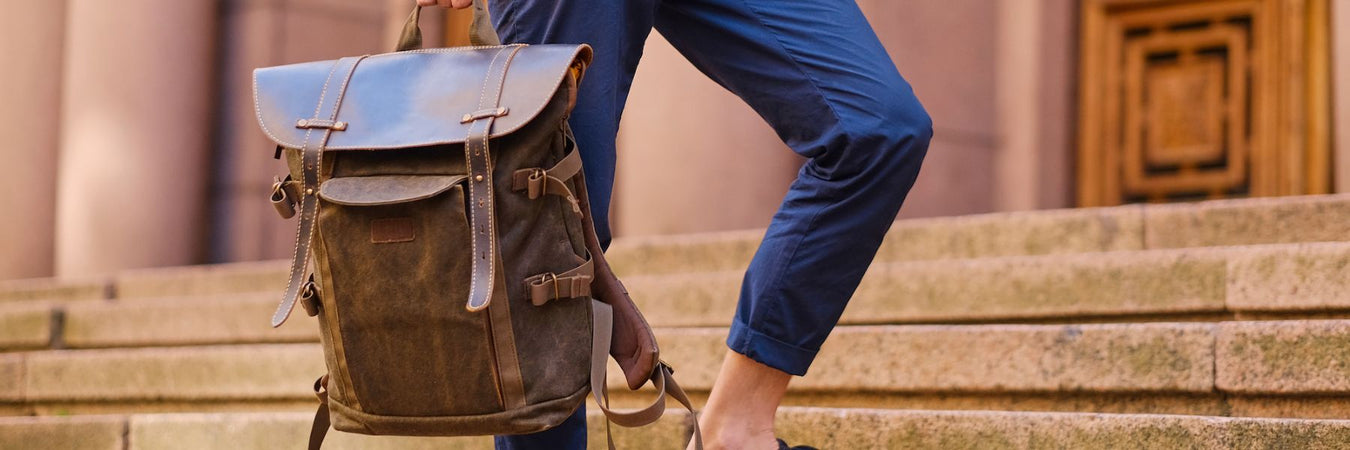
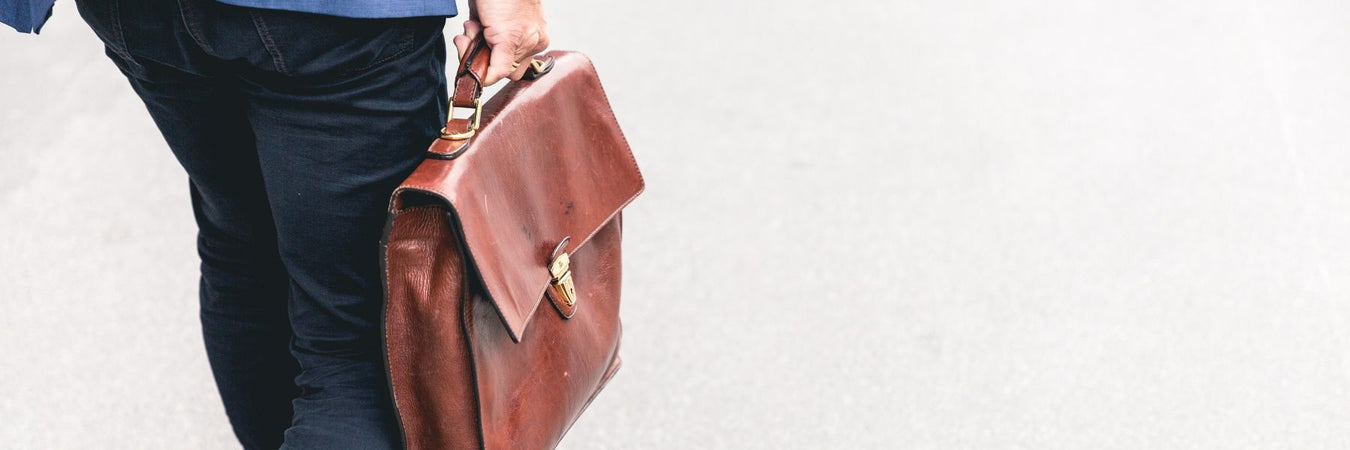
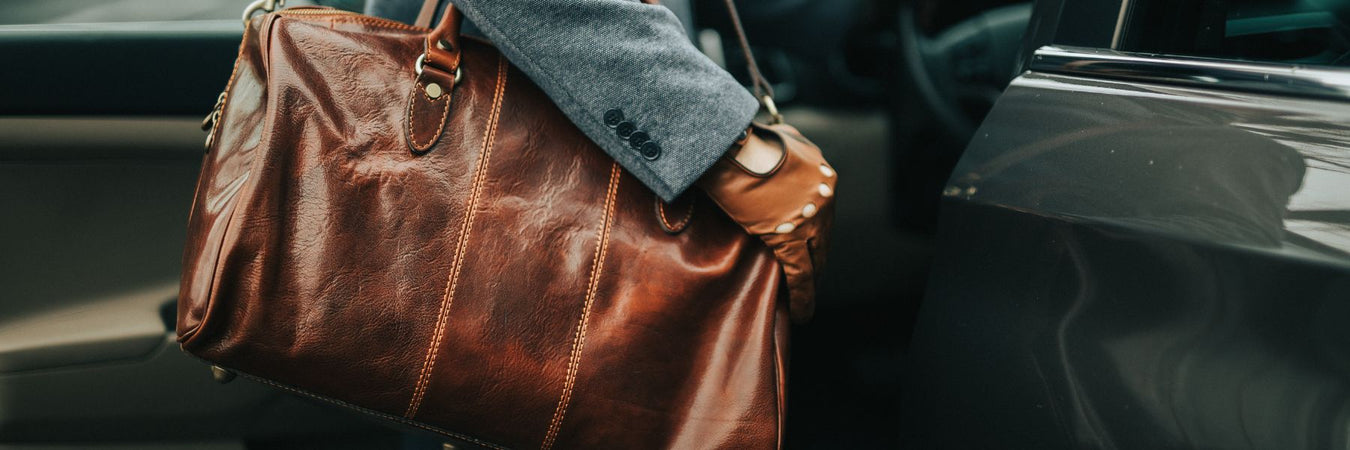
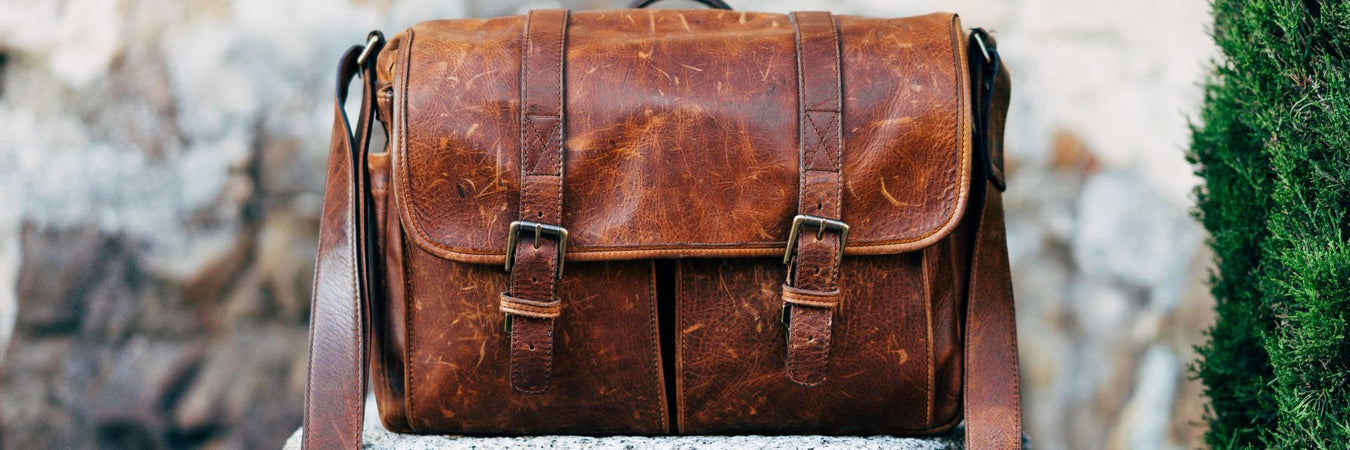
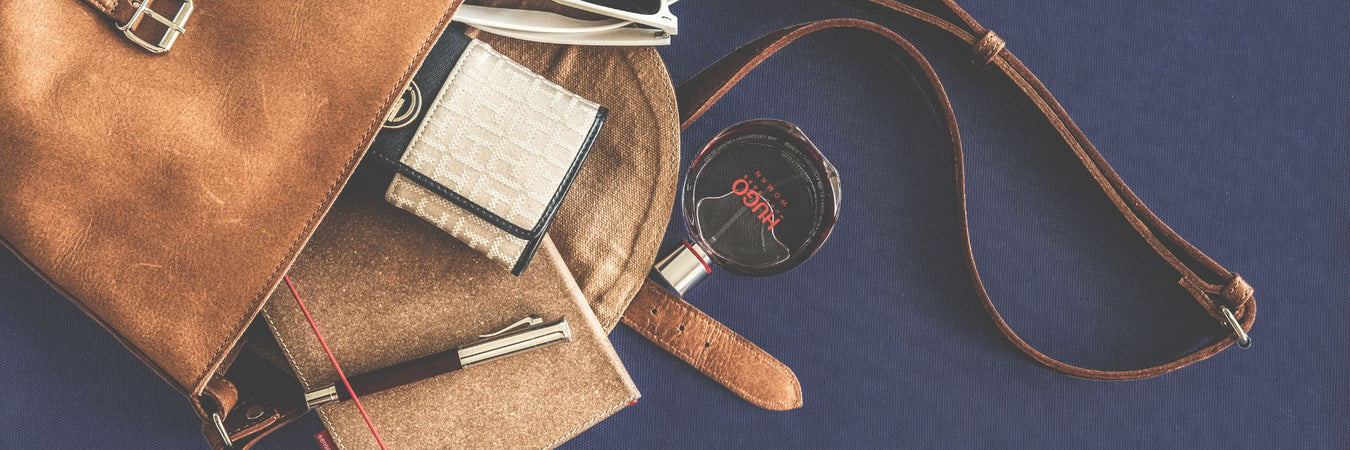
Leave a comment